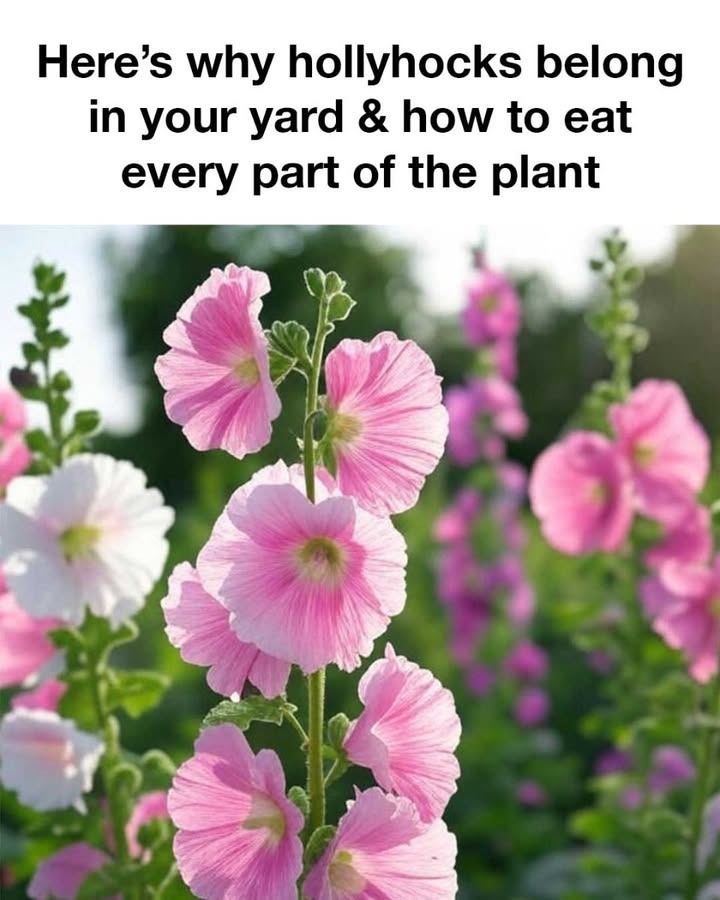Hollyhocks (Alcea rosea) are tall, striking biennial or short-lived perennial plants that belong to the Malvaceae family. Known for their towering spikes of vibrant, funnel-shaped flowers, hollyhocks can reach heights of up to 8 feet, making them a dramatic addition to any garden. They come in a variety of colors, including pink, red, white, yellow, and purple, and bloom from mid-summer to early fall. Their ability to thrive in a range of climates and soils makes them a versatile choice for gardeners looking to add vertical interest and a splash of color to their landscapes.
The Historical Significance of Hollyhocks
Hollyhocks have been cultivated for centuries and hold a rich historical significance. Originating from Asia and Europe, they were brought to the Americas by early settlers. In medieval times, hollyhocks were often found in monastery gardens and were used for their medicinal properties. They were believed to have healing powers and were used in poultices to treat wounds and inflammation. Hollyhocks also have cultural significance; in Victorian times, they were a symbol of ambition and were often planted near the entrance of homes to signify the aspirations of the household.
Why Hollyhocks Are a Must-Have in Your Yard
Hollyhocks are not only beautiful but also offer numerous benefits that make them a must-have in any yard. They provide aesthetic appeal, environmental benefits, medicinal properties, and culinary uses, making them a versatile and valuable addition to your garden.
1. Aesthetic Appeal of Hollyhocks
continued on next page
ADVERTISEMENT
ADVERTISEMENT

